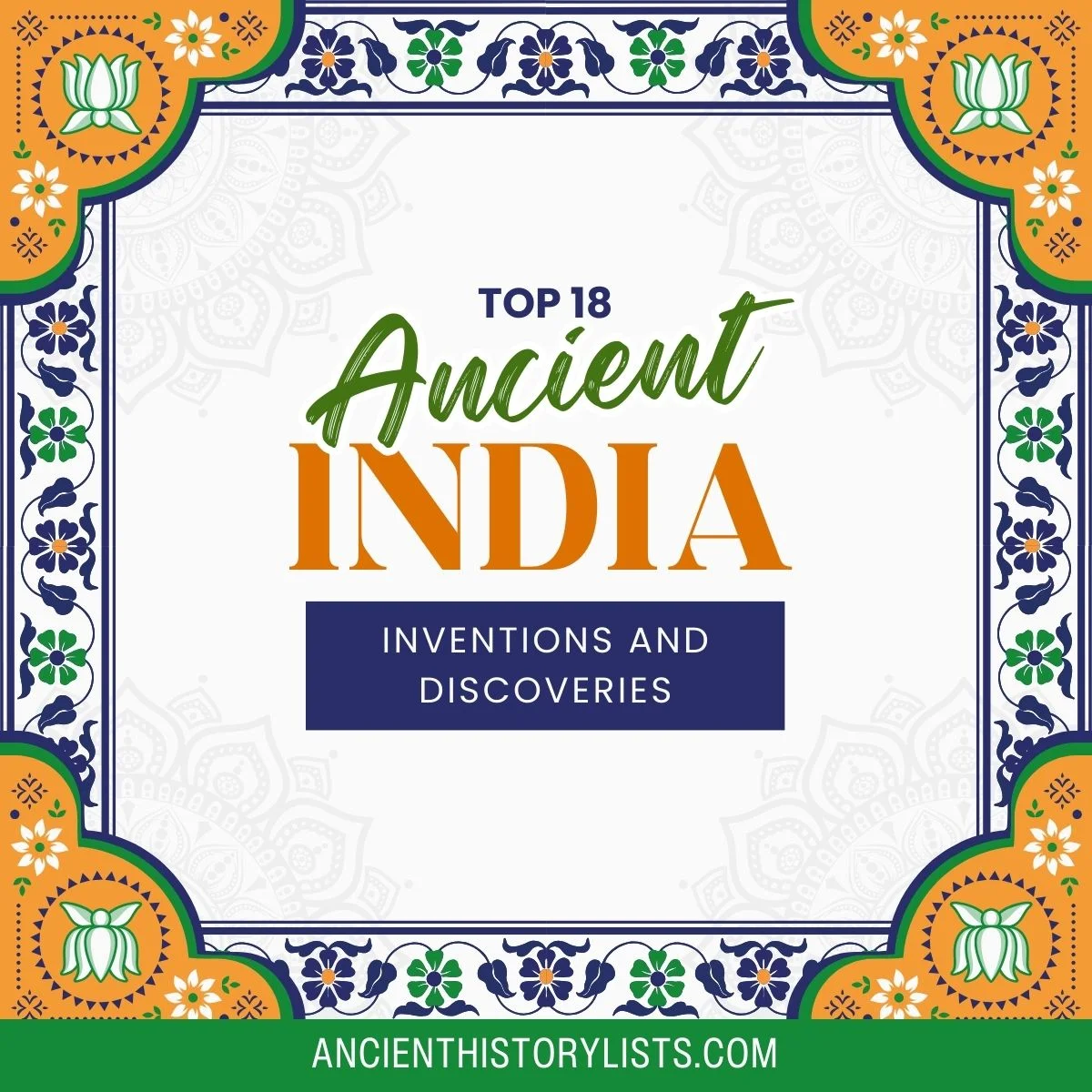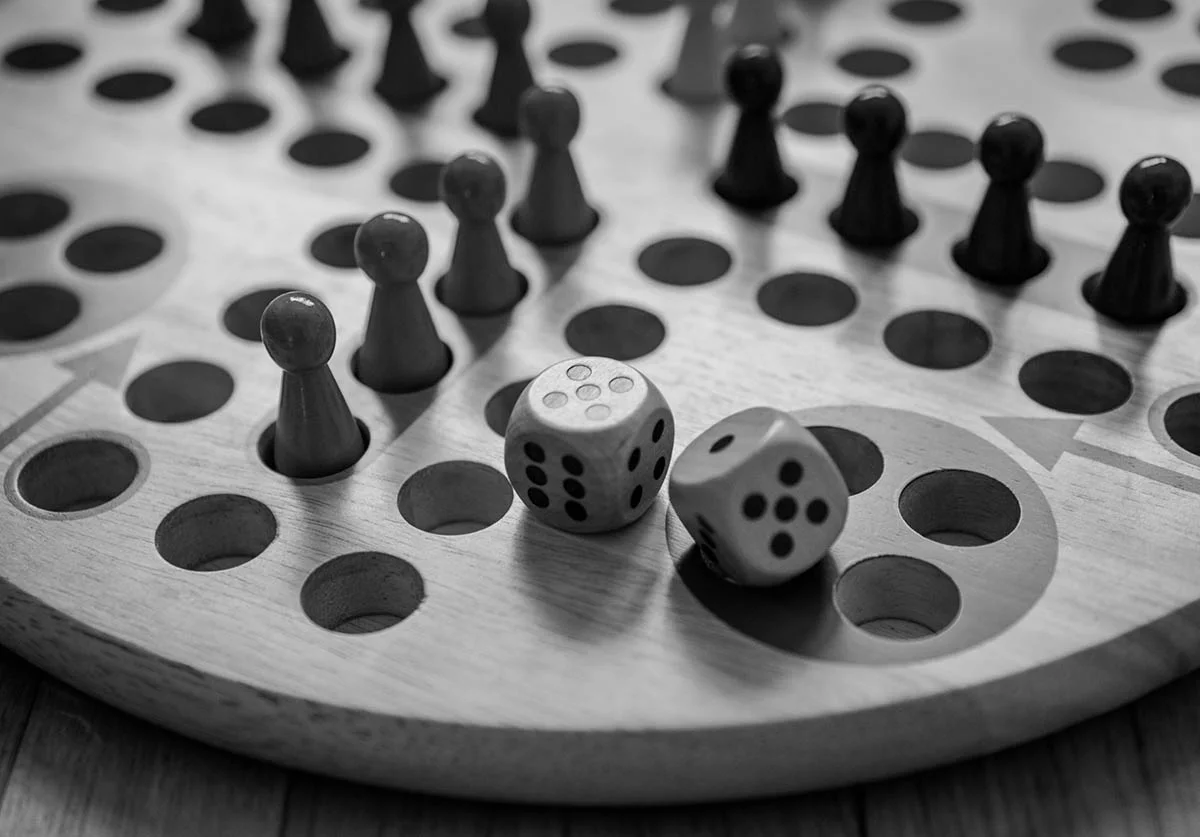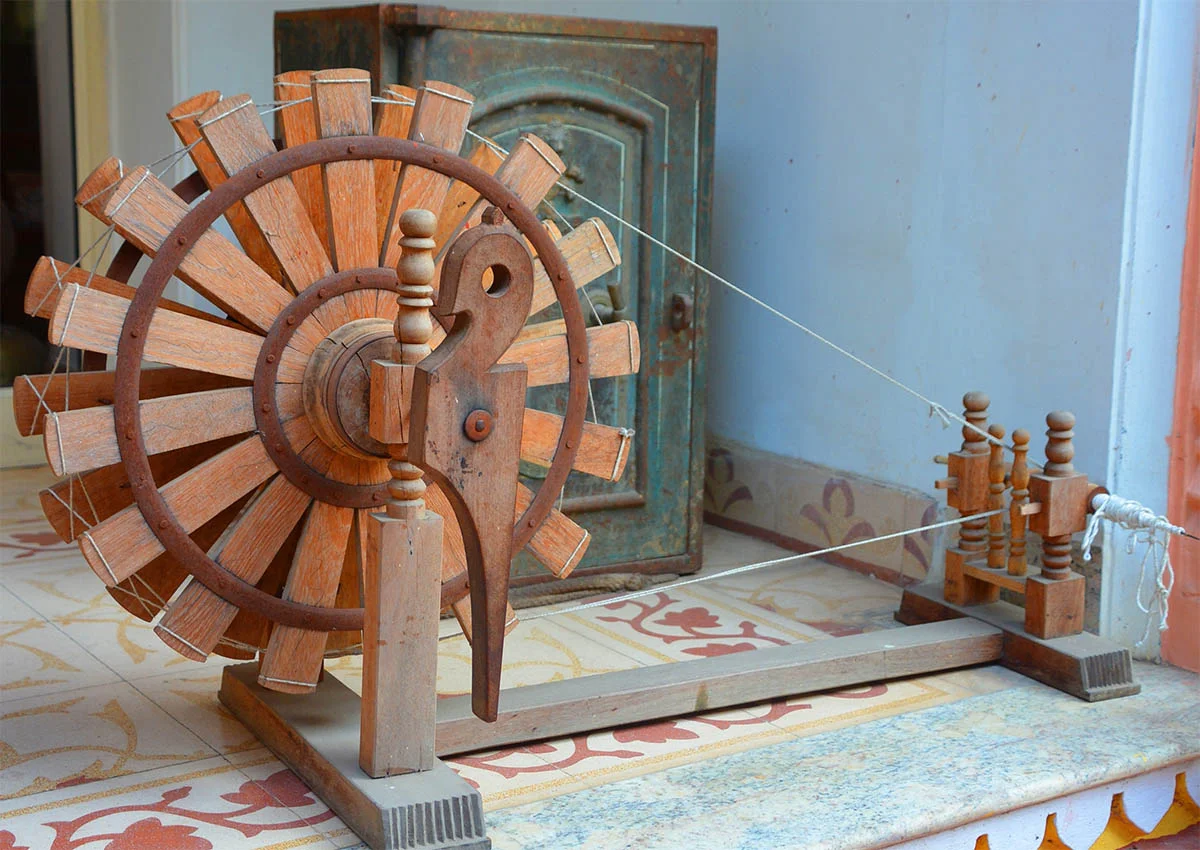India is famous for its culture, science, and innovation, and its wealth of heritage is unparalleled. Over several centuries, India has proved its excellence in every field, and the country has preserved its ancient cultures and practices which are still significant in the 21st century.
India has actively contributed to the fields of science, art, and literature, and the country has produced many scientists and mathematicians who have excelled in their areas of expertise. Great civilizations flourished in India during medieval times such as the Indus Valley civilization, proving that India was ahead of its time in many areas.

Here’s a list of 18 incredible inventions and discoveries whose origins are in ancient India:
1. Ayurveda
Ayurveda is an ancient form of medicine which has its roots in India. It is a particular branch of science in which natural ingredients and herbs are used to cure disease. Ayurveda has been practiced for centuries by Indian sages and hermits who produced pure pastes made from specific herbs.
Today, India still produces syrups and medicines which follow the process of Ayurveda. Ayurveda has now spread across the world and many brands of cosmetics use Ayurvedic principles in their methods of production.
2. Kabaddi

The game of kabaddi is a contact team sport made famous in ancient India. This sport is now recognized, accepted, and played all around the globe, and is regarded as the national sports of India with Indian teams winning Olympic medals in kabaddi year after year.
India also holds an annual competition comprised of various league stages of the game. In ancient India, kabaddi was used as a means of training men in the military, and historians believe that kabaddi was also practiced as a form of self-defense in many parts of the country.
3. Shampoo
Today, shampoo is a daily commodity, but the first use of shampoo was in ancient India, where women washed their hair with natural ingredients which would produce lather. Some historians believe that the earliest form of shampoo was clay. The production of shampoo has come a long way since then. The purest form of shampoo uses sandalwood to create a sweet aroma with oil extracts and hibiscus flowers being added to the shampoo used in ancient India.
The word “shampoo” is derived from the Hindi word champu which, loosely translated, means a hair massage. Shampoo later gained worldwide appreciation when traders and invaders from different lands accepted the practice of washing their hair. These men then took shampoo back to their own countries and made it popular. A lot of shampoo brands still use the same basic ingredients as were used during ancient times.
4. Sign Convention
Another critical invention in the field of mathematics comes from ancient India. The sign convention is an essential aspect of mathematics which allows mathematicians to work out complex equations faster.
The implementation of this convention is also seen in physics where sign convention usually denotes real-life scenarios of a comparison. The practical application of an equation can be better understood with sign convention.
5. Squat Toilet
The squat toilet dates back to the times of the Harappa and Mohenjo-Daro civilizations which were way ahead of their time. Each household had a toilet, and cities also often had a “great bath” for public bathing.
The squat toilet and flush were developed in this era, and the efficiency of this system was remarkable. Squat toilets were constructed near to wells in order to maintain an easy supply of water and the toilets themselves were situated exactly above the drains to allow for good drainage.
6. Buttons
Today, buttons are an essential part of everyday clothing, and this simple piece of design originated in ancient India. The reason for the invention is unknown. Some historians believe that in the Harappa and Mohenjo-Daro civilizations, buttons were used as ornaments by women from affluent families, leading to increased styling possibilities for clothing.
The fashion industry has capitalized on the button over the years, and their use in accessories like bags and purses became popular in the early 19th century.
7. Zero
The invention of zero has different roots. Although the exact source of its origin is still ambiguous, it is in ancient India that zero was first used as a symbol. The use of zero as a symbol can be observed in various fields of science, especially computation and mathematics.
It was the great scientist Aryabhata who introduced the idea of zero into the world and made it much easier to represent large amounts and denominations.
8. Cataract Surgery
Cataract surgery is a significant ancient Indian discovery, with the restoration of people’s sight becoming a benchmark in medicine. Ancient India not only excelled in surgical procedures involving the eye; liver and heart surgery was also common. Ancient India produced many great surgeons who carried out complex surgeries which efficiency and skill.
9. Plastic Surgery
Plastic surgery originated in India during medieval times, and the processes were very advanced for the time. Plastic surgery was mainly used on deep burns and cuts, but over time, its uses have diversified and today in India, plastic surgery is used for many types of facial and other bodily enhancements.
10. Bose-Einstein Condensate
The physicist Satyendra Nath Bose from Bengal sent a manuscript to Einstein which included his work on Planck’s Law and the Light Quantum Hypothesis. Einstein acknowledged his work, and Planck’s law is used today to describe black-body radiation.
It was Bose who first made the assumption that light was made up of small particles called photons, and later the Bose-Einstein condensate was formulated when Einstein used the theories first set out by Bose.
Satyendra Nath Bose is one of the most exceptional scientists that India has ever produced. His work has never really been fully appreciated, but when Einstein became involved, Bose was able to secure the recognition he was worthy of. His works are still of great importance, and researchers regard Bose as one of the pioneers of quantum physics.
11. Rulers
The simple rulers which we use in our day-to-day lives to measure length were first invented in ancient India, and they date back to the time of the Indus civilization. Evidence of the inch scale has been found in the Mohenjo-Daro civilization, and excavations at these sites have found rulers which had subunits smaller than 0.08 inches.
The precision of the ruler was up to three decimal places, and they were mostly divided into units of 1.32 inches. The bricks which were used for the houses built in Harappa and Mohenjo-Daro correspond to the dimensions of these ancient rulers, showing that rulers found their primary use in architecture. The calibrations were made in units called hasta.
12. Ludo

Ludo is a very well-known board game which originated in ancient India, then more commonly known as Pachisi. The oldest proof of Pachisi is from the sixth century where it was found carved in the Ajanta caves. It was also mentioned in ancient Hindu scripts. This simple game requires a minimum of four people and was popular amongst the higher classes. It is still a very popular game in India today.
13. Microwave Communication
Microwave communication was first introduced to the world by another Indian scientist from Bengal: Jagadish Chandra Bose. Bose was the first scientist to demonstrate the transmission of microwaves. This has helped researchers develop a new age of technology which includes satellite and radio communication and wi-fi.
14. Muslin
Muslin is a fine silky fabric which originated in Dhaka. Though Dhaka is part of Bangladesh now, it used to be part of ancient India. The invention of the fabric dates back to the ninth century, and European traders took this fabric and made it famous around the world.
15. Stupa

The stupa is a special dome-shaped architectural structure from ancient India, and it represents great historical architectural brilliance. The majority of stupas were constructed in the third century BC as sacred monuments. Later, this architectural structure gained even more significance due to its links with Buddhism.
16. Charkha

The charkha, or type of spinning wheel, was invented in ancient India and has a lot of significance in the history of the nation. The charkha was used as a symbol by Gandhi in the Made in India freedom movement, and later it was used in the tricolor flag of the nation, forming part of the national emblem.
The invention of the charkha allowed people to weave their own garments instead of importing them. The role of the charkha has become somewhat obsolete in today’s world. However, the importance and significance it holds in India’s fight for freedom cannot be forgotten.
17. Yoga
Yoga is practiced to keep a healthy and flexible body, and it was the hermits of ancient India who first began to practice yoga to keep their bodies fit and warm in extreme weather conditions. Today, yoga is commonplace all across the globe and is practiced rigorously in the West and the East.
Yoga involves certain positions and stretches and is seen the world over as a way to keep the body active and maintain a good mental balance. The people of ancient India were indeed way ahead of their time, practicing yoga many years before it reached the rest of the world.
Conclusion
India continues to be at the forefront of innovation and technology. The discoveries that were made in ancient India are still celebrated as some of the most remarkable innovations worldwide, and although India suffered from invasion and war, the contributions it made in ancient times cannot be underestimated.